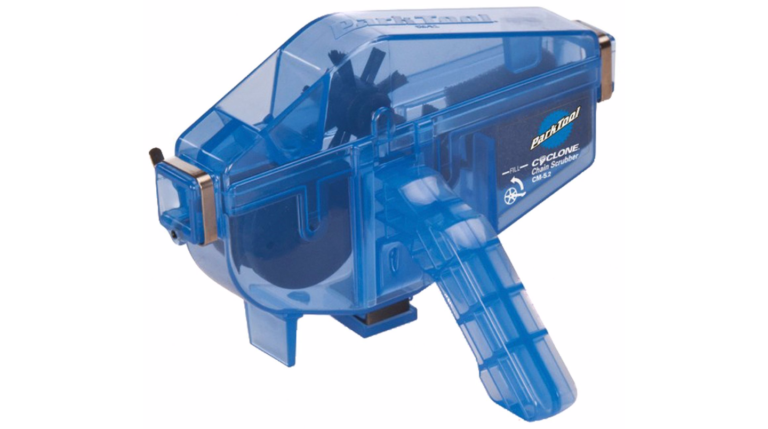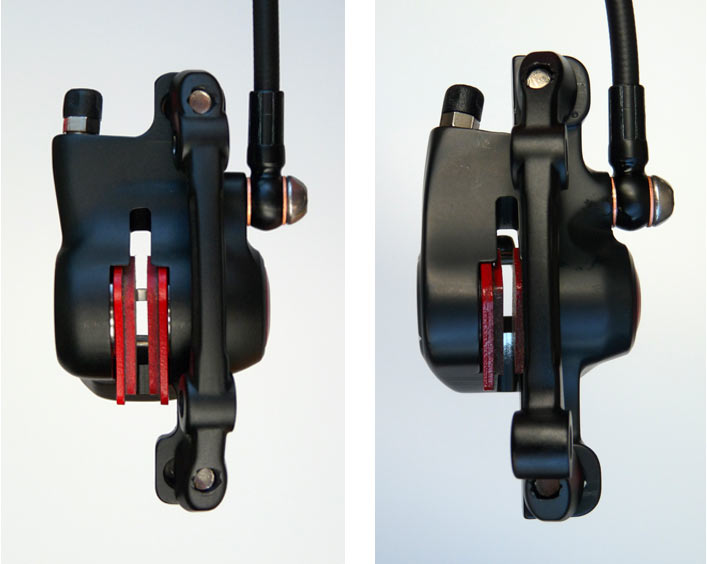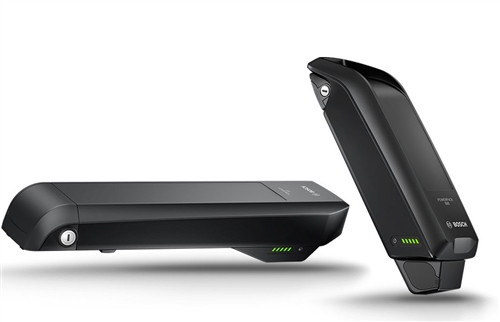So you’ve gotten a brand new electric bike and decided it’s time you starting taking responsibility for its well-being. Good for you! There is no better way to protect your investment than to get on a maintenance routine. You’ll save yourself time and money in the long run, and you’ll probably learn a lot about your particular electric bike along the way. Here is our guide on properly maintaining and caring for your electric bike.
But first, a couple of disclaimers. First of all, if you have a problem that you are not comfortable solving on your own, take it to a professional! I cannot stress this enough. You’ll save yourself a lot of annoyance and potentially furthering the problem by knowing when to say when. This guide is a general overview for electric bikes as a whole. For specific questions regarding your particular bike, consult your owner’s manual or ask a pro!
Battery
I’m starting with this because it is surprisingly an overlooked part of electric bike maintenance. You don’t have to do much with the Lithium Ion batteries as they are pretty…well…low maintenance. They should last you 1,000 charge cycles if you wine and dine them and treat them with respect. Don’t store them in too hot or too cold an environment. Basically, if you wouldn’t leave your pet there for an extended period of time, don’t put your battery there (unless your pet is a reptile and you have a heat lamp for it, don’t store your battery under a heat lamp).
The other consideration for the batteries is that they need to be charged at least once every two months. If not, the battery could go dead, and that will void your warranty. So, if you’ll be away from your bike for a while, I’d recommend investing in a smart plug that you can operate from your phone. Turn the charger on for about 6 hours once a month, and you’re set! Make sure to turn it off though because you shouldn’t leave your battery on the charger for more than 48 hours.
Cleaning Your Frame
You should do this! Sure, it’s probably just going to get dirty again, but eventually all that dirt and grime build up is going to eat away at that beautiful paint job. This will make you sad. Then it will be susceptible to rusting, and this will make you sadder.
Frame cleaning is a situation when you definitely want to check your owner’s manual on what they recommend. Different paint reacts to different chemicals differently, so be sure to double check. Generally, we use a low grade cleansing solution and soft cloth or paper towels to get our fleet looking fresh. If you’ve got heavy mud on your bike, you might want to hose off a lot of it just in case any rocks in there scratch up the finish. Be sure to leave the battery on when doing this to protect the connectors.
How often? As needed.
Cleaning and Lubricating That Chain! (And Drivetrain)
So, so important. You don’t want to be out on a ride and end up having a chain issue. It will not only end your ride, it’ll have you walking your bike back to wherever you parked. Chains rust more quickly when they are dirty or not lubricated properly. They also are harder on your cassette and chain ring.

To clean your chain, buy a chain scrubber and some degreaser from your local bike shop. If your chain is really dirty, it’s not a bad idea to dump the degreaser and refill after the initial scrub. Dry off the chain and then lube it up. They make different chain lubes based on whether you live in a dry or wet climate, so you’ll have to decide which is best for you. DO NOT use wax lubricants because they have been shown to increase instances of chain suck. If you don’t know what chain suck is, just know that chain suck sucks.
Cleaning your drivetrain happens a bit just by cleaning the chain, but you should take special notice of any built up grime. Remember, dirt and grime will decrease the lifespan of all these components. These can be costly fixes, so maintain them! Use a firm brush to remove heavy dirt and follow up with a degreaser if necessary.
Be sure to remove excess lube with a rag or paper towel as that will attract dirt.
How often? At least monthly, more if it frequently gets wet.

Chain Scrubber
Keep Your Tires Inflated!
Another easy yet often overlooked aspect of maintenance. Keeping your tires within the recommended pressure levels helps you avoid flat tires, increases your efficiency, and makes for a more comfortable ride.
I’d invest in a pump that tells you how much pressure is in your tires. You can always go by feel, but it’s better to know exactly what pressure your at. Always bring along a hand pump too!
How often? Check at least weekly.
Brake Check!
Hopefully you know why this is so important! Brakes are your main safety component, and if they’re not working properly you can be in some serious trouble. New brake pads will always make a bit of noise, but if they have been in use for a while and are especially noisy you should check out what’s going on.

Good Disc Brake Pads
Your maintenance on these will vary based on whether you have disc brakes, rim brakes, hydraulic brakes, mechanical brakes, etc. On all of these brakes, you should know how to check for wear. Rim brakes are the easily visible, always make sure they’ve got a good bit of “meat” on them. Disc brakes can be checked by looking in the caliper or removing the whole caliper and checking the pads. This is something that you should only be doing if you’re comfortable putting them back on safely.
How often? Twice monthly.
Professional Help
We all need help from time to time and so does your bike! Bring your bike to a professional for a tune about once every 6 months. They’ll be able to tell you everything that’s problematic and will tune your brakes, derailleurs, true your wheels, and wipe down your frame.
It might seem gratuitous, but these biannual visits can keep your bike out of the shop for more extended periods. If you can, try bringing it to an electric bike specific shop.
So there you have it! Hopefully we’ve given you a good program to get yourself on. Don’t hesitate to look things up if you feel like they need more explanation. Happy riding!


